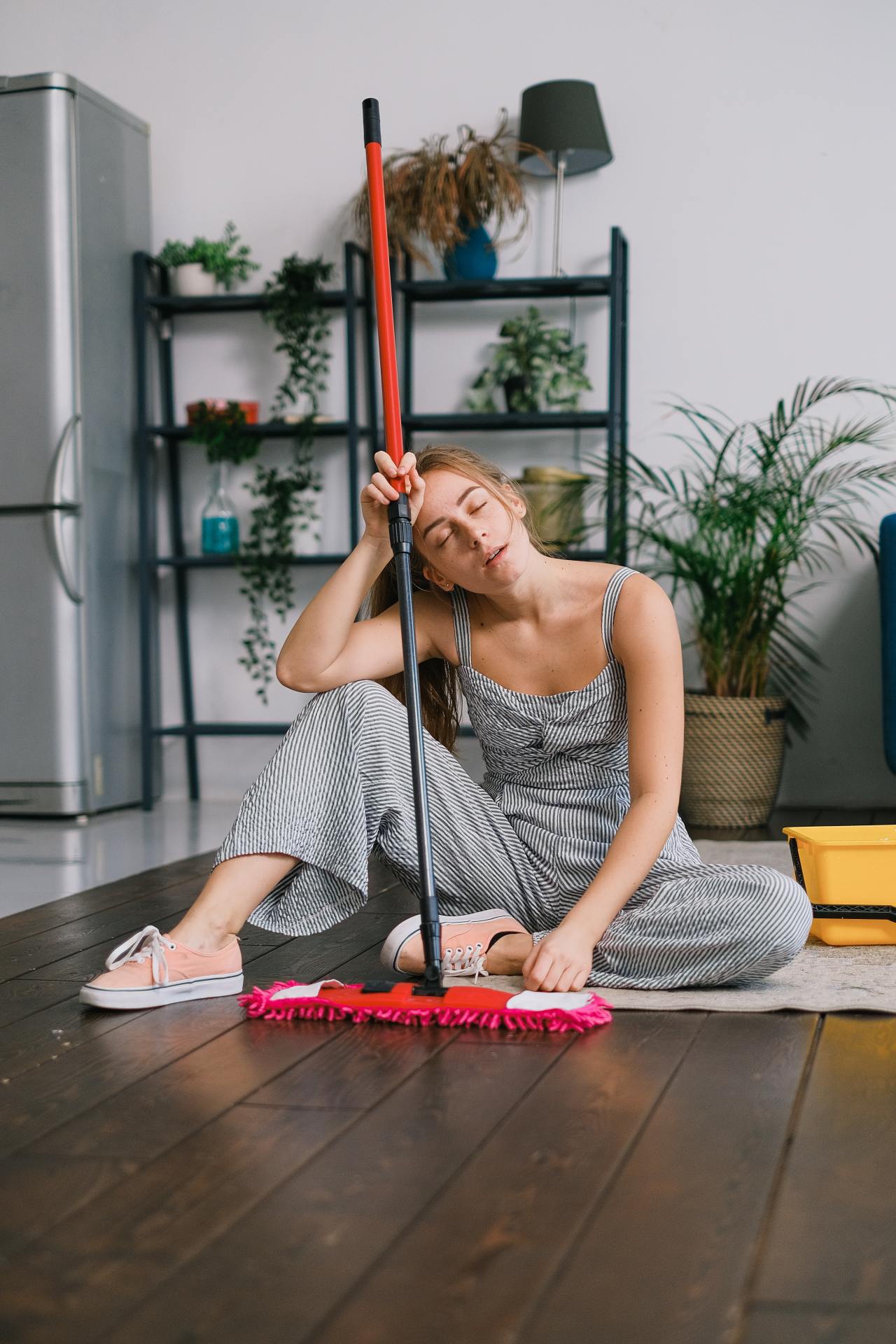
The Dark Truth Behind TikTok’s Stay-At-Home Wife Trend
Driving a Range Rover, hitting pilates, and shopping at Cartier doesn’t sound like a bad Monday. It certainly beats catching up on emails while downing an iced coffee. As social media accounts pushing the “Stay-at-Home Wife” aesthetic gain popularity, we should consider the drawbacks of this oh-so glamorous lifestyle.
The Stay-at-Home Aesthetic
One 21 year-old SAHW on TikTok explains that staying home allows her to further homemaking skills including cooking and cleaning, which will prepare her to raise a family. This is perhaps one of the most valid arguments, as homemaking skills are no longer taught in schools. The same TikToker also explains that she fights less with her partner because she isn’t exhausted at the end of the day. Studies show that even when women work, they do more housework than their partner, so it’s easy to see where she’s coming from.
Many young homemakers assert that life isn’t all about work, to which I wholeheartedly agree. However, every choice has a cost. What are risks of adopting this seemingly breezy SAHW lifestyle?
Expect The Unexpected
If we’ve learned anything from the pandemic, it’s to expect the unexpected. Proponents of the SAHW lifestyle gloss over the fact that living on one income is inherently risky. With inflation at a 30-year high, surviving (yet alone thriving) on a single income is nothing but a fairytale. Even if it can be achieved, what happens in the case of extended unemployment due to the unexpected? College educated stay-at-home wives insist that they are ready to enter the workforce at a moment’s notice. But does a college degree cut it? It’s tremendously difficult for people with career breaks to land a job during good times, let alone bad times. While we can argue that maintaining a household is work, employers have little incentive to hire an unorthodox candidate when they have the option of hiring an industry veteran.
Furthermore, salary negotiations are largely dependent on years in the workforce. Without consistent experience, even well-educated women can expect entry-level salaries. Supporting two or more people on $40k is nearly impossible. You can forget about your Range Rover, pilates, and blowouts. It’s irresponsible to promote a lifestyle where a woman works intermittently, jeopardizing her entire livelihood should her husband be unable to work.
Taking Care Vs. Taking Advantage
So far, I’ve only accounted for difficult situations in healthy relationships. However, staying at home puts women in a constant state of vulnerability far greater than her husband being unable to work. Let’s go back in time — why did women want to work in the first place?
One of the driving factors was to escape domestic abuse. Without your own financial resources, you can’t leave a toxic, abusive marriage. Today, it’s estimated that 99% of domestic abuse victims are also financially abused. But it’s insidious and difficult to spot.
Financial abuse may start out with the abuser “taking care of the finances”, and thereby being the only one with access to the accounts. The abuser may decide to give their wife an allowance but lessen it overtime until the point she cannot obtain desired or basic needs. Doing so makes her entirely reliant on him, which is exactly what an abuser wants to achieve. What started out as a kind gesture is actually an attempt to control another person. Even if the victim does have access to their joint account, an abuser can rack up debt behind their back. In extreme cases, abusers may refuse to pay bills in the victim’s name or take out credit cards in their name without their consent. All of these actions make the woman dependent on the man and give him full control over her.
If the SAHW decides to supplement her income by getting a job, her husband may discourage or even sabotage her attempts. These attempts may be sneaky, like picking a fight before an important meeting just to throw her off. Without a stable job, the victim remains under the abuser’s control.
A Simpler Time
Perhaps most ironically, SAHWs insist that their lifestyle creates a more peaceful home. Pointing to a higher divorce now than in 1950, they insist that it works. Yet most divorces are filed by women. What gives? Until 1974, women couldn’t open a bank account without the permission of a husband or father. Without a bank account, women couldn’t survive on their own. Women weren’t happier — they were trapped. Escaping a disastrous marriage wasn’t a realistic option in the 1950s.
“He didn’t agree with the doctor, so he withheld funds for a surgery. I had to borrow money or risk death.”
“I got a secret job selling insurance.”
“I hid cash in my mattress until I could escape.”
I wish I could say these stories were from the 1950s, but they aren’t. They’re all recent. Money is freedom. There’s no denying it. Believing that the 1950s were a dystopian era is delusional.
Solutions
While it’s perfectly acceptable for one partner to stay home, social media’s portrayal of stay-at-home life is downright deceptive. Staying at home isn’t all shopping and pilates. It comes with risks, and those risks must be managed. Unfortunately those risks are seldom addressed in a meaningful way.
Perhaps even more problematic, the same TikTokers that are promoting Stay at Home life are making money off the videos. More views = more commission money.
So telling people not to work…is their work.
Influencers fail to explain their business model to young users. Perhaps because doing so would ruin their image.
Everyone is entitled to make their own decisions. But selling this lifestyle to impressionable teen girls is reprehensible. Becoming a stay at home wife is a significant decision that requires planning and forethought. Not just a ring.
